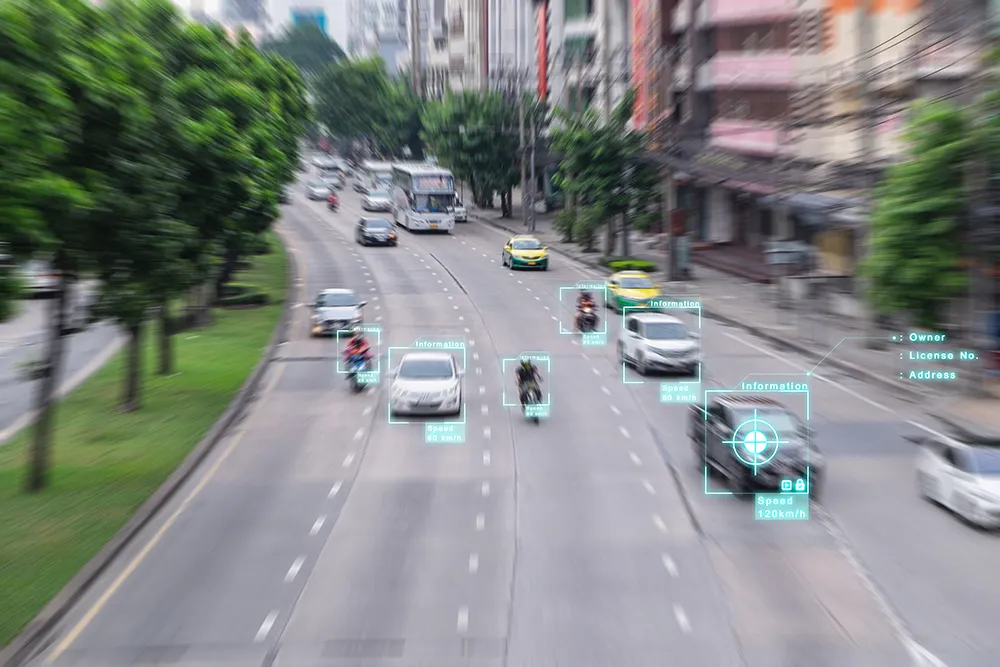WSP/Parsons Brinckerhoff has launched a series of technical forums with European rail specialists in Melbourne, Sydney, Brisbane and Auckland.
Its Swedish director Mats Önner and senior consultant Michael Fransson will share their knowledge and experience of upgrading signalling infrastructure on railways throughout Sweden, Norway and Denmark.
October 13, 2015
Read time: 2 mins
Its Swedish director Mats Önner and senior consultant Michael Fransson will share their knowledge and experience of upgrading signalling infrastructure on railways throughout Sweden, Norway and Denmark.
Australia New Zealand client director for rail, Mike Jenkins, explained that the need for ERTMS / ETCS is becoming increasingly critical within both Australia and New Zealand.
He said Scandinavia was one of the first regions to invest in ETCS/ERTMS and Önner and Fransson will share insights into the European Rail Traffic Management System (ERTMS) and the European Train Control System (ETCS), drawing from their Scandinavian lessons learned and how this applies in an Australian and New Zealand context.
‘Here we are increasingly faced with the challenges of implementing a new signalling system in a ‘brownfield’ environment,” he said. As our existing rail infrastructure has aged, it becomes increasingly difficult to maintain with notable decreases in reliability. Rail operators are faced with the question of what to do with outdated signalling equipment and networks that are fast approaching their capacity.
‘Upgrading rail networks to provide additional capacity whilst minimising operational impacts is critical to all operators and this is a great opportunity to learn from global initiatives such as ERTMS,’ said Jenkins.
ERTMS is an initiative led by the European Union to enhance cross-border interoperability and the procurement of standardised signalling equipment.








